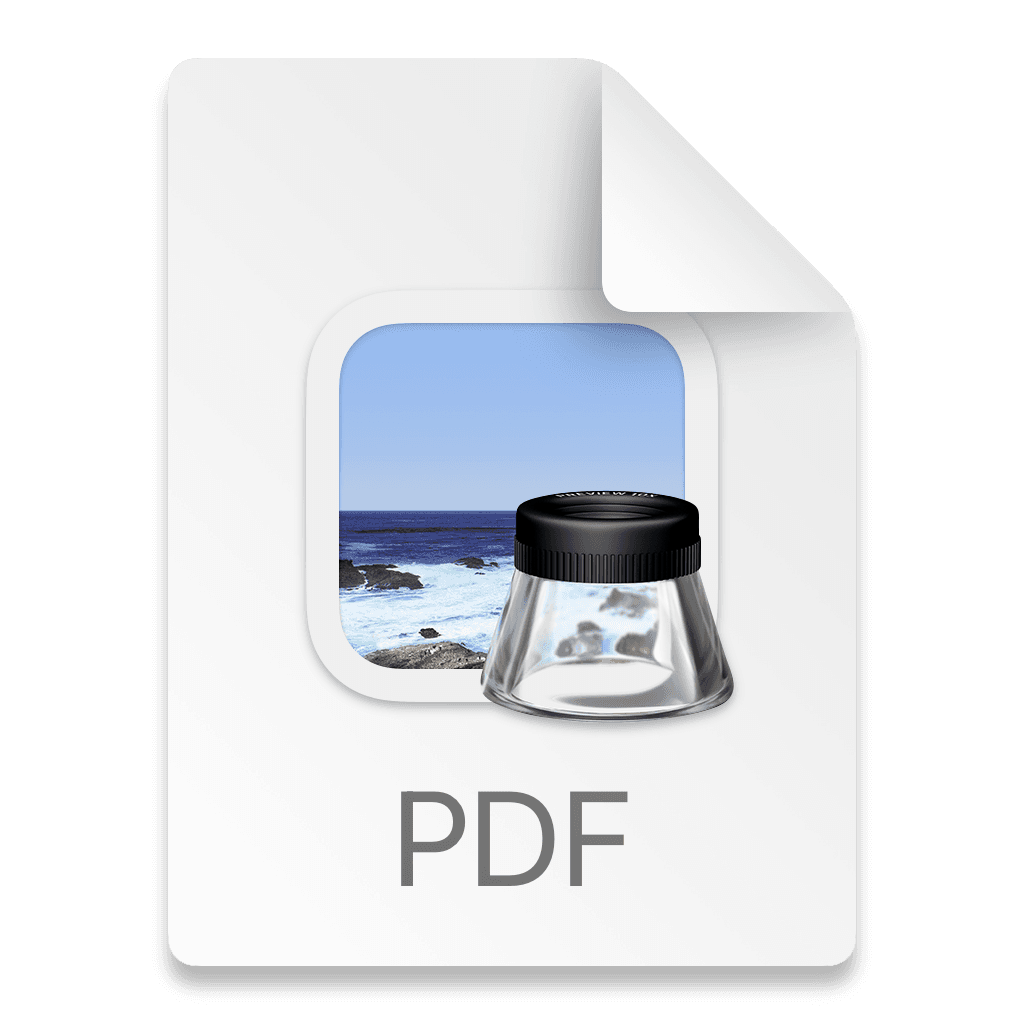Analytical Procedure
Evaluative techniques used by auditors and accountants to assess financial information by studying plausible relationships between financial and non-financial data. These procedures help identify unusual fluctuations, unexpected trends, or potential misstatements that warrant further investigation. They serve as both risk assessment tools and substantive testing procedures.
For example, an auditor reviewing a retail chain's financial statements might compare gross margin percentages across different stores and against industry benchmarks. They might also analyze the relationship between sales, inventory levels, and square footage. Unexpected variations, such as one store showing significantly higher margins or unusual inventory turnover, would trigger deeper investigation into the underlying transactions and controls.
The effectiveness of analytical procedures depends on the reliability of data, appropriateness of comparisons, and professional judgment in setting expectations. These procedures interact with other audit techniques like substantive testing and internal control evaluation. Understanding the limitations and appropriate application of different analytical methods is crucial for risk assessment and audit efficiency, particularly when dealing with complex business environments and large data sets.
Top 3 reasons leaders pick Light
An all-inclusive platform
Leverage native products for AP, AR, Procurement and budgeting that seamlessly leverage AI and integrates to Slack and Teams
Drop a bill to upload...
Light assistant will take
care of the rest


PWC_12_bill.pdf
Superior performance
Whether you are processing 100,000 or 50 million transactions, the Light Ledger is based on a hyper-performant database
9400035282
10010000 - Petty Cash
USD -177,619.31
Cleared
400,142,125 entries
Beautiful reporting
Stop the reporting headache of legacy solutions, and get fast, intuitive reports with instant drill-drown capabilities
Profit and Loss
Sep 2023, EUR
INCOME
Sales
4,141,511.00
TOTAL INCOME
4,141,511.00
COST OF GOODS SOLD
COGS
20,415.00
TOTAL COST OF GOODS SOLD
20,415.00
GROSS PROFIT
20,415.00
OPERATING EXPENSES
Bank charges fees
21,140.00
Business development
176,401.00
Advertising & marketing
132,415.00
Website & software
22,846.00
Total Business development
176,401.00 EUR
Insurance
1,120.00 EUR
Legal & professional Services
15,261.00 EUR
Office Supplies & software
25,251.00 EUR
Payroll Expenses
3,155,261.00 EUR
Contractors
155,437.00 EUR
Payroll Fees
1,626.00 EUR
Salaries & Wages
2,998,198.00 EUR
Total Payroll Expenses
3,155,261.00 EUR
Transaction services
117,225.00 EUR
TOTAL OPERATING EXPENSES
3,511,5591.00 EUR
NET OPERATED INCOME
84,336.00 EUR


Apr 23
130k


May 23
114k


Jun 23
116k


Jul 23
117k


Aug 23
131k
Sep 23
132k
Advertising & marketing
132,415
Top 3 reasons leaders pick Light as an ERP
An all-inclusive platform
Leverage native products for AP, AR, Procurement and budgeting that seamlessly leverage AI and integrates to Slack and Teams
Drop a bill to upload...
Light assistant will take
care of the rest

PWC_12_bill.pdf
Superior performance
Whether you are processing 100,000 or 50 million transactions, the Light Ledger is based on a hyper-performant database
9400035282
10010000 - Petty Cash
USD -177,619.31
Cleared
400,142,125 entries
Beautiful reporting
Stop the reporting headache of spreadsheets, and get fast, intuitive reports with instant drill-drown capabilities
Profit and Loss
Sep 2023, EUR
INCOME
Sales
4,141,511.00
TOTAL INCOME
4,141,511.00
COST OF GOODS SOLD
COGS
20,415.00
TOTAL COST OF GOODS SOLD
20,415.00
GROSS PROFIT
20,415.00
OPERATING EXPENSES
Bank charges fees
21,140.00
Business development
176,401.00
Advertising & marketing
132,415.00
Website & software
22,846.00
Total Business development
176,401.00 EUR
Insurance
1,120.00 EUR
Legal & professional Services
15,261.00 EUR
Office Supplies & software
25,251.00 EUR
Payroll Expenses
3,155,261.00 EUR
Contractors
155,437.00 EUR
Payroll Fees
1,626.00 EUR
Salaries & Wages
2,998,198.00 EUR
Total Payroll Expenses
3,155,261.00 EUR
Transaction services
117,225.00 EUR
TOTAL OPERATING EXPENSES
3,511,5591.00 EUR
NET OPERATED INCOME
84,336.00 EUR

Apr 23
130k

May 23
114k

Jun 23
116k

Jul 23
117k

Aug 23
131k
Sep 23
132k
Advertising & marketing
132,415
An all-inclusive platform
Leverage native products for AP, AR, Procurement and budgeting that seamlessly leverage AI and integrates to Slack and Teams
Drop a bill to upload...
Light assistant will take
care of the rest


PWC_12_bill.pdf
Superior performance
Whether you are processing 100,000 or 50 million transactions, the Light Ledger is based on a hyper-performant database
9400035282
10010000 - Petty Cash
USD -177,619.31
Cleared
400,142,125 entries
Beautiful reporting
Stop the reporting headache of spreadsheets, and get fast, intuitive reports with instant drill-drown capabilities
Profit and Loss
Sep 2023, EUR
INCOME
Sales
4,141,511.00
TOTAL INCOME
4,141,511.00
COST OF GOODS SOLD
COGS
20,415.00
TOTAL COST OF GOODS SOLD
20,415.00
GROSS PROFIT
20,415.00
OPERATING EXPENSES
Bank charges fees
21,140.00
Business development
176,401.00
Advertising & marketing
132,415.00
Website & software
22,846.00
Total Business development
176,401.00 EUR
Insurance
1,120.00 EUR
Legal & professional Services
15,261.00 EUR
Office Supplies & software
25,251.00 EUR
Payroll Expenses
3,155,261.00 EUR
Contractors
155,437.00 EUR
Payroll Fees
1,626.00 EUR
Salaries & Wages
2,998,198.00 EUR
Total Payroll Expenses
3,155,261.00 EUR
Transaction services
117,225.00 EUR
TOTAL OPERATING EXPENSES
3,511,5591.00 EUR
NET OPERATED INCOME
84,336.00 EUR


Apr 23
130k


May 23
114k


Jun 23
116k


Jul 23
117k


Aug 23
131k
Sep 23
132k
Advertising & marketing
132,415
More reasons to love Light
Enjoy integrated products that both finance and the employees enjoy using
Expense Management
Automate expense approvals, track spending in real-time, and gain insights with AI-powered analytics.
Today


Light
10:27 PM
Here is what I got from the receipt:
Description: SAS CPH to STO
Category: Travel expenses
Cost center: Engineering
Original amount: 3,341.51 SEK
Reimbursed amount: 2,341.51 DKK


Jonathan Sanders
10:27 PM


Receipt upload
(200 kb)


Message Light


Light
Messages
About
Vendor Management
Streamline vendor relationships with simplified onboarding, tracking supplier performance, and enforcing procurement policies.


808023
123456
Invoice number
123123
321321
322112
124255
154351
16171457
27457
245727
45734567
34753
375473
456473
345735647
3567356
35673567
35673
State
Inbox
Approval
Scheduled
Paid
Paid
Paid
Paid
Paid
Paid
Paid
Paid
Paid
Paid
Paid
Paid
Paid
Paid
Paid
Description
Amount
Emissions
Card payments, account change
USD 18,112.83
1,024.4 kg CO2
USD 122,252.67
1,024.4 kg CO2
USD 12,424.22
1,024.4 kg CO2
USD 12,112.84
1,024.4 kg CO2
USD 11,442.11
1,024.4 kg CO2
USD 18,112.83
USD 18,112.83
USD 18,112.83
USD 18,112.83
USD 18,112.83
USD 18,112.83
USD 18,112.83
USD 18,112.83
USD 18,112.83
USD 18,112.83
USD 18,112.83
USD 18,112.83
USD 18,112.83
1,024.4 kg CO2
1,024.4 kg CO2
1,024.4 kg CO2
1,024.4 kg CO2
1,024.4 kg CO2
1,024.4 kg CO2
1,024.4 kg CO2
1,024.4 kg CO2
1,024.4 kg CO2
1,024.4 kg CO2
1,024.4 kg CO2
1,024.4 kg CO2
1,024.4 kg CO2
Annual contract fee
Card payments, account change
Quarterly platform access fee
Card payments, account change
Card payments, account change
App hosting for Q2
Analytics tool subscription
Cloud-based monitoring and analyti...
Travel and hotel for conference
App hosting for Q1
Analytics tool subscription
Travel and hotel for conference
Travel and hotel for conference
App hosting for Q4
Analytics tool subscription
Travel Cloud-based monitoring and...
Travel and hotel for conference
Cards
Issue vendor and employee cards with Apple Pay and Google Pay globally. Upload receipts via Slack/Teams or email.

Google workspace
8620
8620
8620
8620

Google workspace
8620
8620
8620
8620
More reasons to love Light
Enjoy integrated products that both finance and the employees enjoy using
Expense Management
Automate expense approvals, track spending in real-time, and gain insights with AI-powered analytics.


Vendor Management
Streamline vendor relationships with simplified onboarding, tracking supplier performance, and enforcing procurement policies.


808023
123456
Invoice number
123123
321321
322112
124255
154351
16171457
27457
245727
45734567
34753
375473
456473
345735647
3567356
35673567
35673
State
Inbox
Approval
Scheduled
Paid
Paid
Paid
Paid
Paid
Paid
Paid
Paid
Paid
Paid
Paid
Paid
Paid
Paid
Paid
Description
Amount
Emissions
Card payments, account change
USD 18,112.83
1,024.4 kg CO2
USD 122,252.67
1,024.4 kg CO2
USD 12,424.22
1,024.4 kg CO2
USD 12,112.84
1,024.4 kg CO2
USD 11,442.11
1,024.4 kg CO2
USD 18,112.83
USD 18,112.83
USD 18,112.83
USD 18,112.83
USD 18,112.83
USD 18,112.83
USD 18,112.83
USD 18,112.83
USD 18,112.83
USD 18,112.83
USD 18,112.83
USD 18,112.83
USD 18,112.83
1,024.4 kg CO2
1,024.4 kg CO2
1,024.4 kg CO2
1,024.4 kg CO2
1,024.4 kg CO2
1,024.4 kg CO2
1,024.4 kg CO2
1,024.4 kg CO2
1,024.4 kg CO2
1,024.4 kg CO2
1,024.4 kg CO2
1,024.4 kg CO2
1,024.4 kg CO2
Annual contract fee
Card payments, account change
Quarterly platform access fee
Card payments, account change
Card payments, account change
App hosting for Q2
Analytics tool subscription
Cloud-based monitoring and analyti...
Travel and hotel for conference
App hosting for Q1
Analytics tool subscription
Travel and hotel for conference
Travel and hotel for conference
App hosting for Q4
Analytics tool subscription
Travel Cloud-based monitoring and...
Travel and hotel for conference
Cards
Issue vendor and employee cards with Apple Pay and Google Pay globally. Upload receipts via Slack/Teams or email.

Google workspace
8620
8620
8620
8620

Google workspace
8620
8620
8620
8620
More reasons to love Light
Enjoy integrated products that both finance and the employees enjoy using
Expense Management
Automate expense approvals, track spending in real-time, and gain insights with AI-powered analytics.
Today

Light
10:27 PM
Here is what I got from the receipt:
Description: SAS CPH to STO
Category: Travel expenses
Cost center: Engineering
Original amount: 3,341.51 SEK
Reimbursed amount: 2,341.51 DKK

Jonathan Sanders
10:27 PM

Receipt upload
(200 kb)

Message Light

Light
Messages
About
Vendor Management
Streamline vendor relationships with simplified onboarding, tracking supplier performance, and enforcing procurement policies.

808023
123456
Invoice number
123123
321321
322112
124255
154351
16171457
27457
245727
45734567
34753
375473
456473
345735647
3567356
35673567
35673
State
Inbox
Approval
Scheduled
Paid
Paid
Paid
Paid
Paid
Paid
Paid
Paid
Paid
Paid
Paid
Paid
Paid
Paid
Paid
Description
Amount
Emissions
Card payments, account change
USD 18,112.83
1,024.4 kg CO2
USD 122,252.67
1,024.4 kg CO2
USD 12,424.22
1,024.4 kg CO2
USD 12,112.84
1,024.4 kg CO2
USD 11,442.11
1,024.4 kg CO2
USD 18,112.83
USD 18,112.83
USD 18,112.83
USD 18,112.83
USD 18,112.83
USD 18,112.83
USD 18,112.83
USD 18,112.83
USD 18,112.83
USD 18,112.83
USD 18,112.83
USD 18,112.83
USD 18,112.83
1,024.4 kg CO2
1,024.4 kg CO2
1,024.4 kg CO2
1,024.4 kg CO2
1,024.4 kg CO2
1,024.4 kg CO2
1,024.4 kg CO2
1,024.4 kg CO2
1,024.4 kg CO2
1,024.4 kg CO2
1,024.4 kg CO2
1,024.4 kg CO2
1,024.4 kg CO2
Annual contract fee
Card payments, account change
Quarterly platform access fee
Card payments, account change
Card payments, account change
App hosting for Q2
Analytics tool subscription
Cloud-based monitoring and analyti...
Travel and hotel for conference
App hosting for Q1
Analytics tool subscription
Travel and hotel for conference
Travel and hotel for conference
App hosting for Q4
Analytics tool subscription
Travel Cloud-based monitoring and...
Travel and hotel for conference
Cards
Issue vendor and employee cards with Apple Pay and Google Pay globally. Upload receipts via Slack/Teams or email.

Google workspace
8620
8620
8620
8620